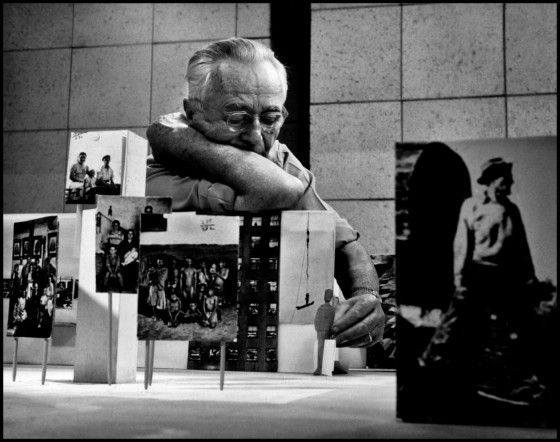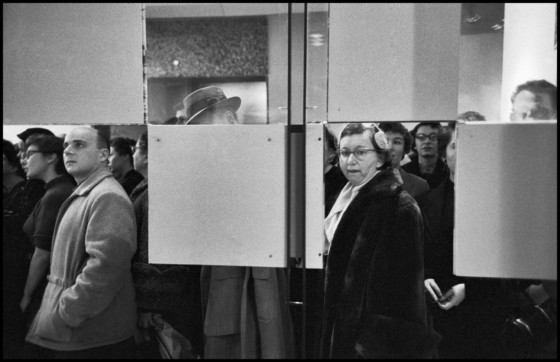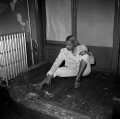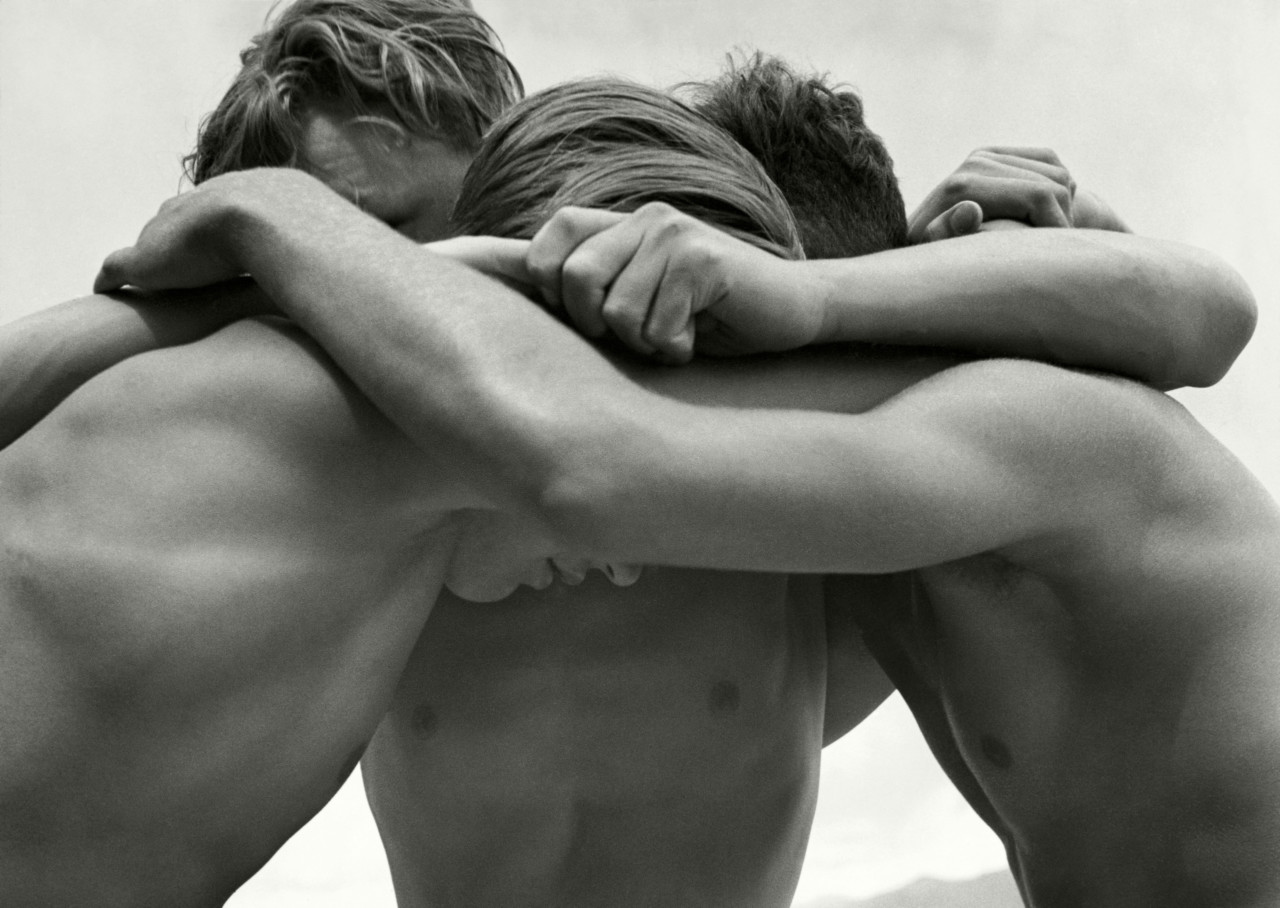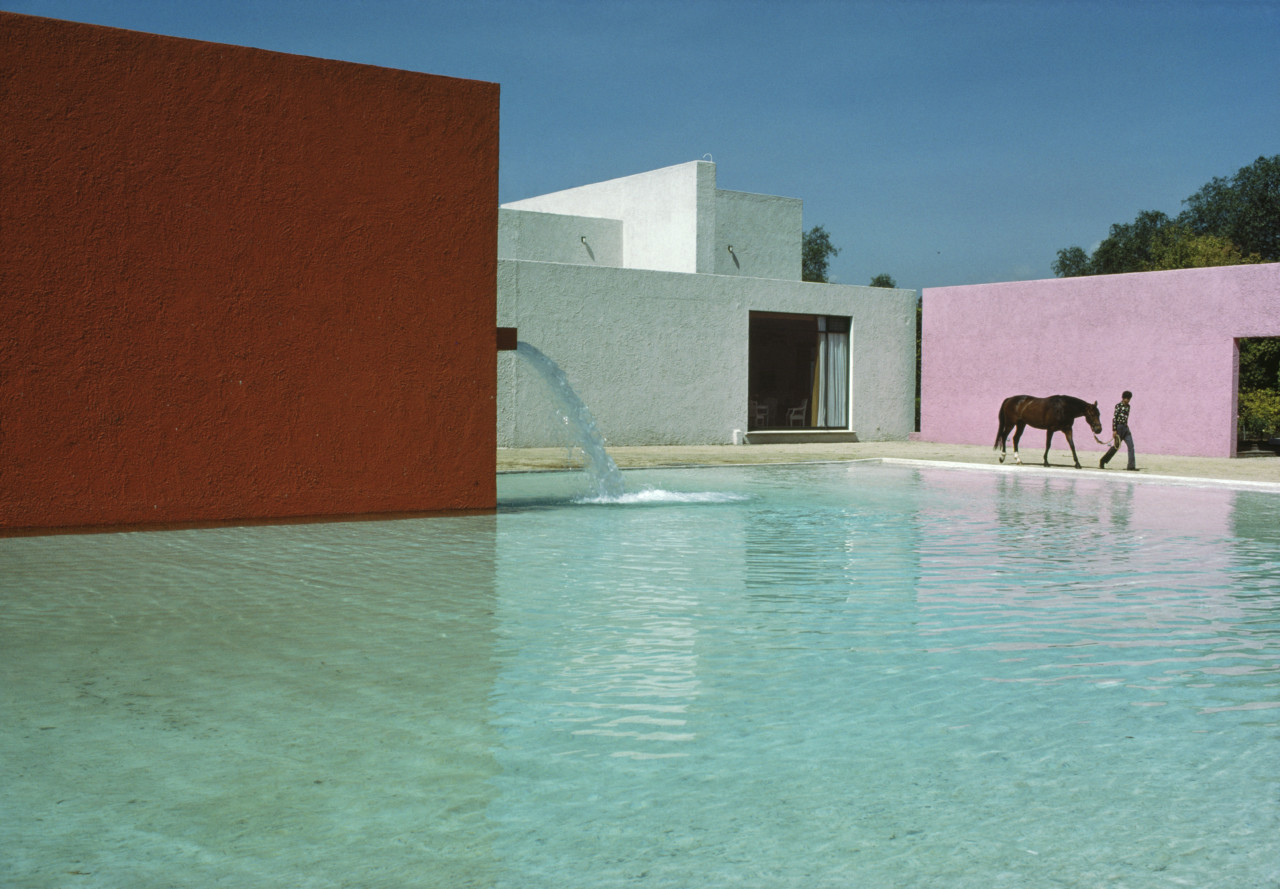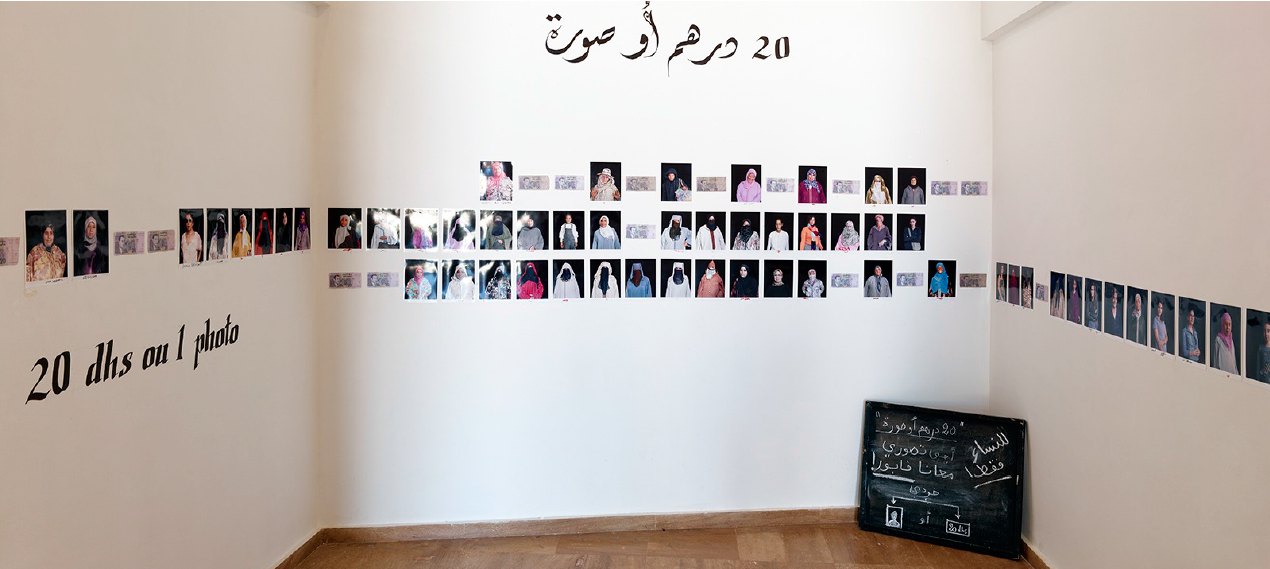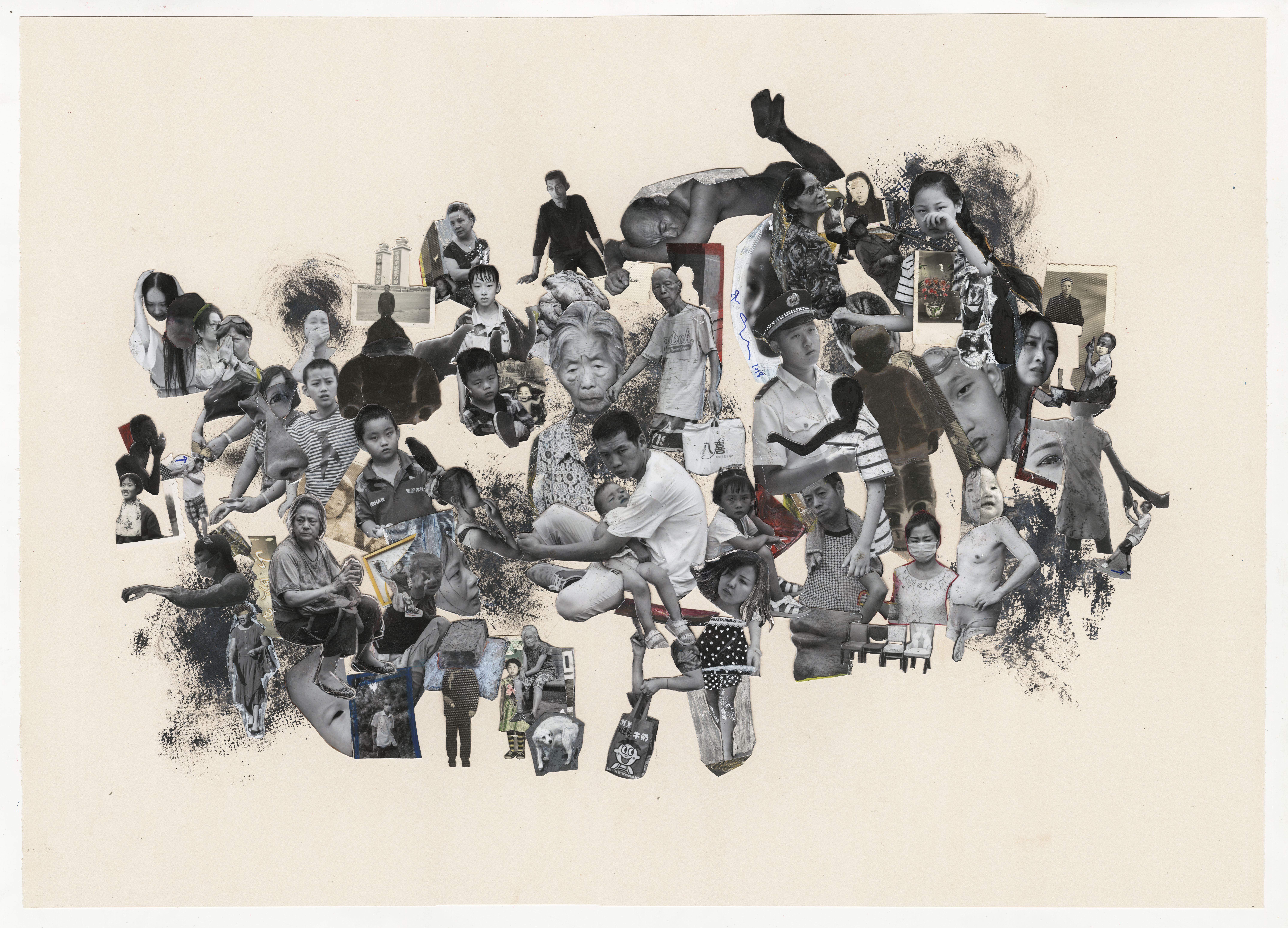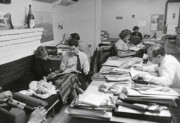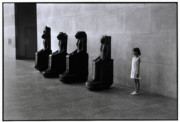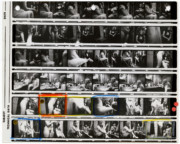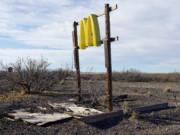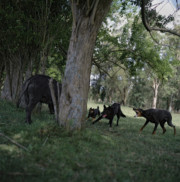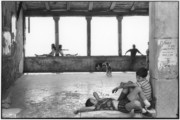Inside Magnum: Collecting Photography
Magnum’s Global Cultural Director demystifies the world of collecting photographic prints
The Arts have always relied on individual patronage as well as institutional support, and this is also reflected in the history of Magnum Photos, an agency whose founding members included artistic as well as photojournalistic backgrounds.
Henri Cartier-Bresson, a Surrealist photographer before he became a photojournalist, had forged strong relationships with a hugely influential group of artists, gallerists and patrons, when a young artist in Paris during the late 1920s. This network was to lead to his work being exhibited internationally and incorporated into private and museum collections from early on, particularly in the US. He was first exhibited at the Julian Levy Gallery in New York in 1933 and shown and sold there, alongside photographers such as Walker Evans and Manuel Alvarez Bravo, through the mid 1930s.
Founded in 1947, in the spirit of post Second World War humanistic endeavours, the Magnum Photos collective focused primarily on work for picture magazines in its first decades. Huge magazine circulations insured significant budgets for the production of socially engaged photographic essays for the masses. Magnum’s business model was based on revenue from these commissions and the resale of photographers’ work, for which they retained the copyright (a central tenet of Magnum’s founders intentions).
While the editorial market was primary to the work of the agency, engagement with the cultural world was always a part of Magnum’s DNA. New York’s Museum of Modern Art staged a retrospective of Henri Cartier-Bresson’s work in 1947. Other early members such as Werner Bischof, Rene Burri, Ernest Haas, and associated photographers such as Herbert List, came into Magnum trained in European artistic traditions such as Bauhaus and “New Objectivity”.
"Edward Steichen, MOMA’s influential Director of Photography, acquired, exhibited and guided photographers, such as Elliott Erwitt in the 1950’s. In 1955, he curated the influential and widely toured humanistic exhibition ‘The Family of Man’"
-
Edward Steichen, MOMA’s influential Director of Photography, acquired, exhibited and guided photographers, such as Elliott Erwitt in the 1950’s. In 1955, he curated the influential and widely toured humanistic exhibition ‘The Family of Man’, which comprised of 503 images and featured work by Magnum photographers Wayne Miller (his assistant on the project), Eve Arnold, Bischof, Cartier-Bresson, Cornell and Robert Capa, Elliott Erwitt, Burt Glinn, Ernest Haas, Hiroshi Hamaya, Herbert List, George Rodger, W. Eugene Smith, David Seymour and William Vandivert.
Alongside this cultural programming, major collecting families such as the Franco-American de Menil’s, based in Houston, commissioned photographers including Cartier-Bresson in 1957, and acquired works by Eve Arnold and Danny Lyon, amongst others. Yet, it wasn’t until the mid-1980s that a dedicated print sales department was founded in the Magnum New York office, recognizing that city as the epicentre of the market. In Paris, the Cultural department was set up to develop group projects for book publication and exhibition, a decade later.
It was in 1984 that Magnum Photos New York office hired a young graduate, Mary Virginia Swanson (now a respected educator and advisor working in photography in the US) to look into special projects for the agency. She had studied the history of photography at the University of Arizona, with Bill Jay, the noted British photo historian. She met Eve Arnold and George Rodger in London as a graduate student in 1977, and worked with Carroll T. “Ted” Hartwell, founding Curator of Photography at the Minneapolis Institute of Art. Hartwell was an early collector of the work of Magnum photographers, such as Cartier-Bresson, Marc Riboud, Werner Bischof and Gilles Peress, and was to be the organiser of Magnum’s 40th anniversary exhibition, In Our Time.
In the 1980s, Magnum’s physical print archive, known then as “library file prints” were the heart of the old news bureau. Library prints were still the primary means of researching, distributing, and licensing black and white photography. Each story was produced in a darkroom in the Magnum office as multiple sets of 8×10″ prints (if black and white), or duplicate transparencies held in clear sheets of 20 per page (if shot in colour). The prints were stamped with the Magnum address and sent out accompanied by caption sheets, to Magnum’s network of agents. This process continued into the early 1990s. Archive prints were not deemed valuable by the art market or photographers, despite the quality of the silver-gelatin printing being extremely good in many cases. However, this was to change.
Swanson still recalls with huge enthusiasm, how upon arrival she started to dive into the tightly packed print drawers in New York, and her excitement in pulling out treasures, not just by Magnum’s contemporaneous membership, but Ansel Adams, Erich Solomon and other photographers of international reputation, who had come through the agency at one time or another. She quickly realised that the folders contained some very valuable prints at risk from over handling. She says of this time “I believe I was the first person to articulate to the members, the extraordinary resources they had right within their four walls. I took it upon myself to look into the possibility of generating revenue from print sales; released vintage file prints, newly produced contemporary fine art prints, and began referring to the library files as the file print archive”.
Following her first “brand building” pop-up Magnum show in TriBeCa, Swanson, with advice from Dale Stulz, founder and long-time head of Photography at Christies auction house, and Peter MacGill, a contemporary of hers from graduate school, organised a very successful commercial show of this material at the Pace/MacGill Gallery, in New York. From that point on, Magnum’s role in initiating print sales opportunities for its photographers began.
"the Tate did not hire a photography curator until 2009. However, since then Tate has worked to build up their photography collection: including a lifetime, signed, portfolio of prints by Rene Burri and a contemporary commission by Susan Meiselas"
-
Despite early support in the US, the inclusion of photojournalism in art museums in other countries has been a relatively recent phenomenon. Photography’s slipperiness as a medium, used as both communication tool and art form, led to it being viewed with suspicion by certain museum curators who were slow to acquire and exhibit it. In the UK for example, despite the support for the medium from Sue Davies, who founded The Photographers Gallery in 1971, and Mark Haworth-Booth, Photography Curator at the Victoria and Albert Museum from 1970 to 2004, the Tate did not hire a photography curator until 2009. However, since then Tate has worked to build up their photography collection: including a lifetime, signed, portfolio of prints by Rene Burri and a contemporary commission by Susan Meiselas have been acquired with Magnum’s help, and can be viewed at Tate Modern in thematic installations of the collection, hanging alongside painting, video, sculpture and drawing.
In 2010, Magnum Photos’ New York print archive was acquired by Michael Dell and gifted to the Ransom Center at the University of Austin, Texas. Vintage Magnum archive prints can now be found in numerous international museum collections and Magnum has worked with curators to support this process. In 2016, for example, a full set of vintage Werner Bischof prints of Chinese immigration into Hong Kong in the 1950s, with their original captions sheets written by the photographer, were acquired by M+ in Hong Kong, as a complete photojournalistic story. Over the past year, significant groups of archival prints by Ernest Cole, a black South African photographer whose work was distributed by the agency in the 1960’s and ‘70s, and whose Estate is now represented by Magnum, have entered the collections of Tate and MOMA amongst others. Such acquisitions continue to make an important contribution to these photographers’ legacies, affirming their significance within a wider cultural and artistic history.
"Over the past year, significant groups of archival prints by Ernest Cole, a black South African photographer whose work was distributed by the agency in the 1960’s and ‘70s, and whose Estate is now represented by Magnum, have gone into the collections of Tate and MOMA amongst others"
-
Behind the scenes, patronage relationships still remain at the heart of the cultural world and are an important means of support for both individual practitioners and institutions. Many institutional acquisitions are in fact funded by patron’s groups, engaged in a particular part of their programming. This is especially the case in the US, however, faced with diminishing governmental budgets for the arts, European institutions, such the Tate in England or the Pompidou Centre in France, have followed over the last decade. Recognising the strength of the patron group model, Magnum Photos launched a collectors’ circle in 2013. This has resulted in part funding, or complete support for, the production of new work by Magnum photographers, and has insured the completion of long-term personal work, important scanning projects or self-published books.
Even on a smaller scale, the purchase of a print can mean vital funding for a photographer. For a few of Magnum’s contemporary members, gallery sales, along with book publication, now generate the majority of their income. With two gallery spaces in London and Paris and presence at fairs such as Paris Photo, as well as various collaborations with dealers and auction houses, Magnum’s Print Sales department works with collectors, who have long been drawn to the strength of its documentary work and the agency’s collective spirit. Not only are rare vintage prints still available, but signed and editioned or estate stamped works, by the majority of the agency’s photographers, can be bought through the agency.
Digital technologies have reconfigured nearly all aspects of the production and dissemination of Magnum’s photographs: from the taking of pictures, the digitisation of the archive and our licensing business. The Internet has also revolutionised access to art and photography, through picture-led social media platforms such as Instagram, and extraordinary amounts of freely available content. It has broadened and diversified its audience; increasing transparency in, and understanding of, the market and providing a platform for a new generation of artists and photographers to speak directly with their audience.
Recognising the importance of the online community, Magnum launched an editorial website incorporating a shop, educational platform and accompanying social media channels, in 2015. With the introduction of Magnum’s Square Print Sale, accessibly priced small prints, curated to a theme and made available exclusively on Magnum’s shop in a number of annual five day flash sales, have demonstrated a growing interest in collecting work by the agency’s photographers. It has also enabled Magnum to work with charitable partners, to not just raise funds for its own work, but for important frontline activities led by charities during moments of crisis. This year, as part of a wider restructuring of its online experience, Magnum Photos has now launched a new Fine Print Gallery space. Bodies of work by individual photographers, online exhibitions from the archive, and texts explaining the wider context for particular photographs, are now included in the presentation.
Since its founding, Magnum Photos has continued to adapt and change its operating model, to meet the challenges of the photography market. Alongside the agency’s commercial assignments and licensing business, and in parallel to its physical programming of exhibitions, art fairs, book publication and workshops, Magnum’s digital platform has helped grow the community of enthusiasts and collectors around the organisation. Another point of entry into Magnum, it provides a place for enquiry, education and connection. At its heart, Magnum Photos’ focus has remained on the relationships it can build to support the continued work of its photographers.







